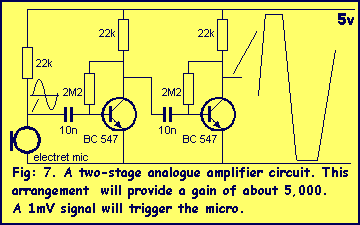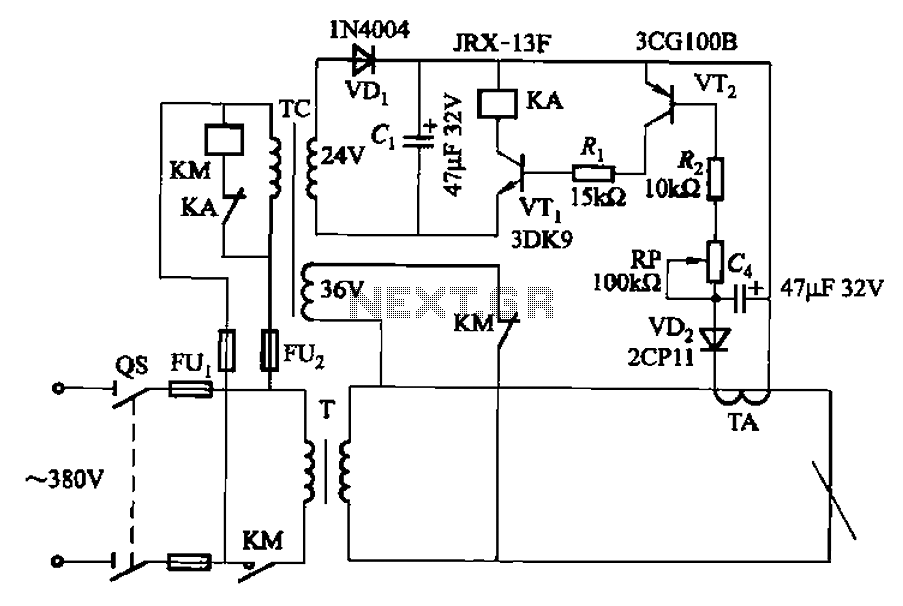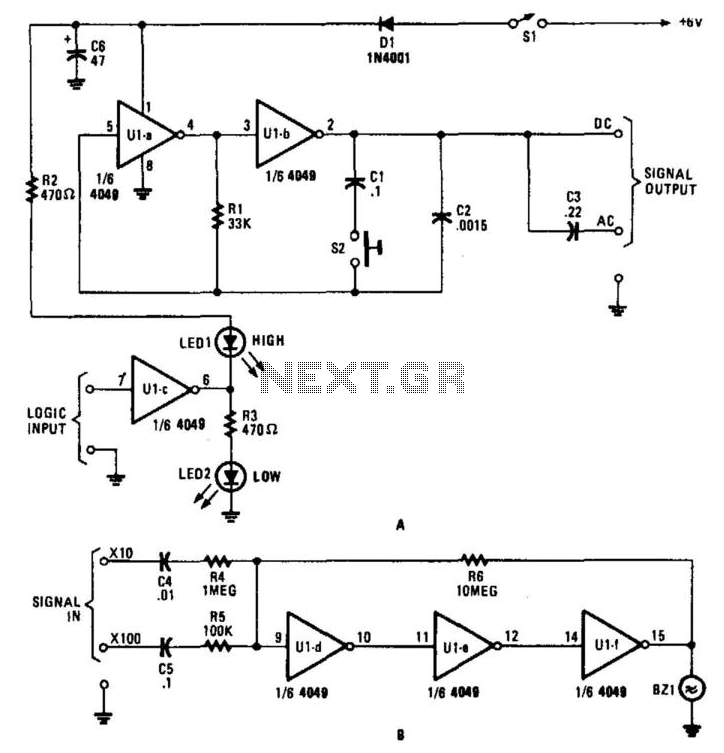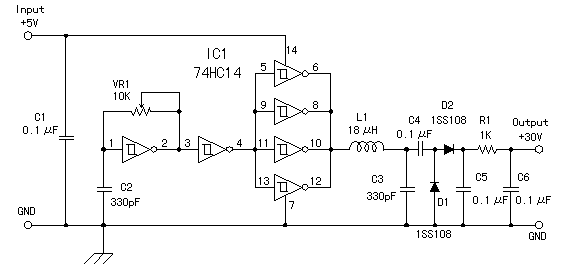
TV RGB signal output from a SVGA graphics card

The idea to produce a standard TV PAL signal using a SVGA graphics card was born a few years ago, where cheap graphics cards with TV output were still not available. To achieve a CCIR conform TV signal with 50 Hz vertical interlaced refresh and 15.625 kHz horizontal frequency on most SVGA cards its possible to re-program CRT timing and generate output signals outside the normal specification range.
To generate a standard PAL TV signal using an SVGA graphics card, the circuit design must focus on manipulating the timing parameters of the graphics card output. The goal is to achieve a CCIR-compliant signal with specific characteristics: a vertical refresh rate of 50 Hz and a horizontal frequency of 15.625 kHz.
The circuit typically involves a microcontroller or programmable logic device that interfaces with the graphics card. This component is responsible for reprogramming the timing parameters of the video output. The microcontroller can be programmed to adjust the pixel clock and synchronize the horizontal and vertical sync signals to match the required PAL specifications.
The output stage of the circuit will include a video encoder capable of converting the modified digital signals from the graphics card into an analog PAL composite video signal. This encoder must ensure that the color subcarrier frequency is set to 4.43 MHz, which is essential for PAL standards.
In addition, filtering and amplification stages are necessary to ensure the output signal meets the required voltage levels and impedance for standard television inputs. These stages may include low-pass filters to remove any high-frequency noise generated during the signal processing and amplifiers to boost the signal strength to a suitable level for transmission.
Overall, the successful implementation of this circuit allows for the generation of a compatible PAL signal from a standard SVGA output, enabling the use of older graphics cards in applications where traditional TV output is required.The idea to produce a standard TV PAL signal using a SVGA graphics card was born a few years ago, where cheap graphics cards with TV output were still not available. To achieve a CCIR conform TV signal with 50 Hz vertical interlaced refresh and 15.625 kHz horizontal frequency on most SVGA cards its possible to re-program CRT timing and generate output signals outside the normal specification range.
🔗 External reference
To generate a standard PAL TV signal using an SVGA graphics card, the circuit design must focus on manipulating the timing parameters of the graphics card output. The goal is to achieve a CCIR-compliant signal with specific characteristics: a vertical refresh rate of 50 Hz and a horizontal frequency of 15.625 kHz.
The circuit typically involves a microcontroller or programmable logic device that interfaces with the graphics card. This component is responsible for reprogramming the timing parameters of the video output. The microcontroller can be programmed to adjust the pixel clock and synchronize the horizontal and vertical sync signals to match the required PAL specifications.
The output stage of the circuit will include a video encoder capable of converting the modified digital signals from the graphics card into an analog PAL composite video signal. This encoder must ensure that the color subcarrier frequency is set to 4.43 MHz, which is essential for PAL standards.
In addition, filtering and amplification stages are necessary to ensure the output signal meets the required voltage levels and impedance for standard television inputs. These stages may include low-pass filters to remove any high-frequency noise generated during the signal processing and amplifiers to boost the signal strength to a suitable level for transmission.
Overall, the successful implementation of this circuit allows for the generation of a compatible PAL signal from a standard SVGA output, enabling the use of older graphics cards in applications where traditional TV output is required.The idea to produce a standard TV PAL signal using a SVGA graphics card was born a few years ago, where cheap graphics cards with TV output were still not available. To achieve a CCIR conform TV signal with 50 Hz vertical interlaced refresh and 15.625 kHz horizontal frequency on most SVGA cards its possible to re-program CRT timing and generate output signals outside the normal specification range.
🔗 External reference





